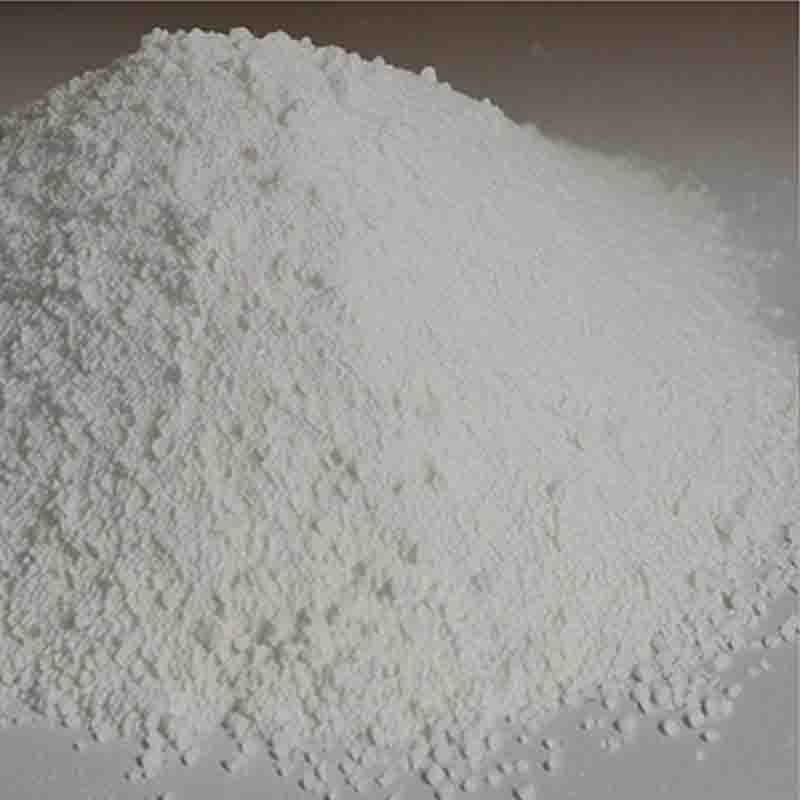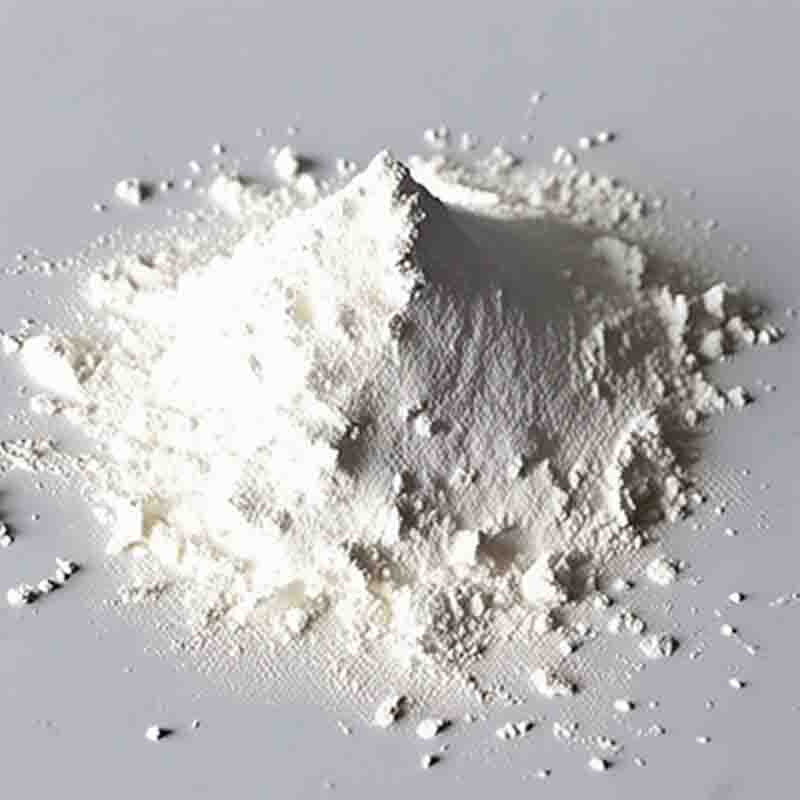4-Di-p-tolylaminobenzaldehyde CAS: 42906-19-4
| Catalog Number | XD94754 |
| Product Name | 4-Di-p-tolylaminobenzaldehyde |
| CAS | 42906-19-4 |
| Molecular Formula | C21H19NO |
| Molecular Weight | 301.38 |
| Storage Details | Ambient |
Product Specification
| Appearance | White powder |
| Assay | 99% min |
4-Di-p-tolylaminobenzaldehyde is a compound that has various applications in different industries.
One of the main uses of 4-Di-p-tolylaminobenzaldehyde is as a fluorescent dye. It has a conjugated system of double bonds that can absorb and emit light, making it useful in fluorescence microscopy and imaging. Its fluorescent properties can also be used in the detection of analytes and biomolecules, such as proteins and nucleic acids.
Furthermore, 4-Di-p-tolylaminobenzaldehyde finds application as a reagent in organic synthesis. It can undergo various reactions, including condensation and substitution reactions, to form new carbon-carbon or carbon-heteroatom bonds. These reactions are essential in the synthesis of complex organic compounds, including pharmaceuticals, agrochemicals, and specialty chemicals.
4-Di-p-tolylaminobenzaldehyde can also be used as a building block in the synthesis of functional materials. Its aromatic structure and substituents make it suitable for the design and synthesis of materials with specific properties, such as conductivity, luminescence, and catalytic activity. These materials have applications in various industries, including electronics, energy storage, and catalysis.
Moreover, 4-Di-p-tolylaminobenzaldehyde can find application as a reagent in analytical chemistry. It can react with various compounds to form colored or fluorescent products, which can be detected and quantified. This property makes it useful in assays and tests for the determination of certain analytes, such as amino acids and peptides.
In addition, 4-Di-p-tolylaminobenzaldehyde can find application as a precursor in the production of dyes and pigments. It can undergo further functionalization reactions to introduce additional groups or undergo polymerization reactions to form polymeric dyes. These dyes and pigments have applications in various industries, including textiles, printing, and paints.
In conclusion, 4-Di-p-tolylaminobenzaldehyde has versatile applications in fluorescence imaging, organic synthesis, functional materials, analytical chemistry, and dye production. Its unique structure and properties make it a valuable compound in various industries, contributing to advancements in materials science, chemical research, and biotechnology.




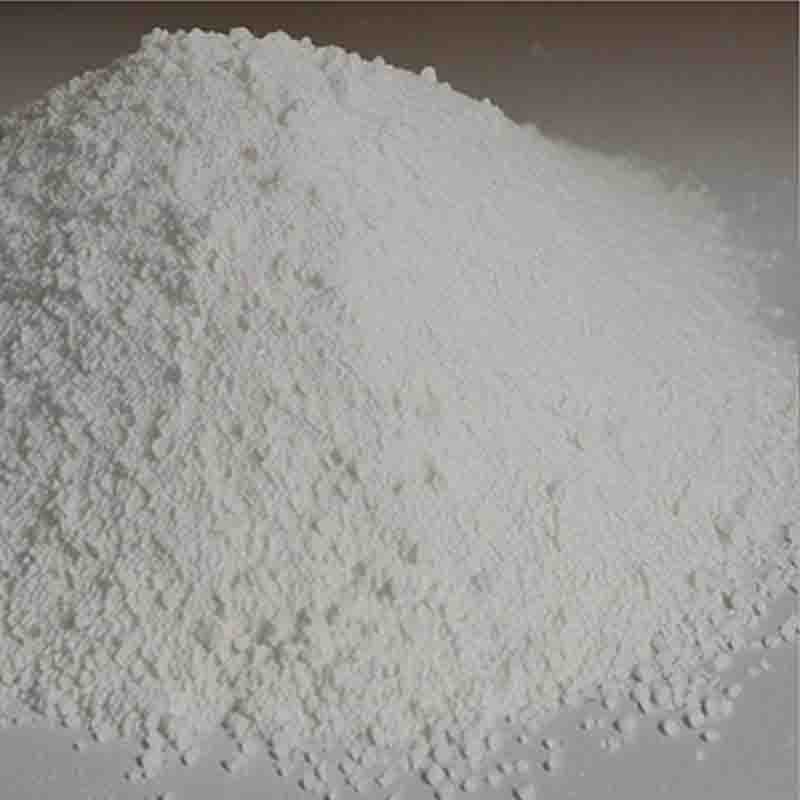
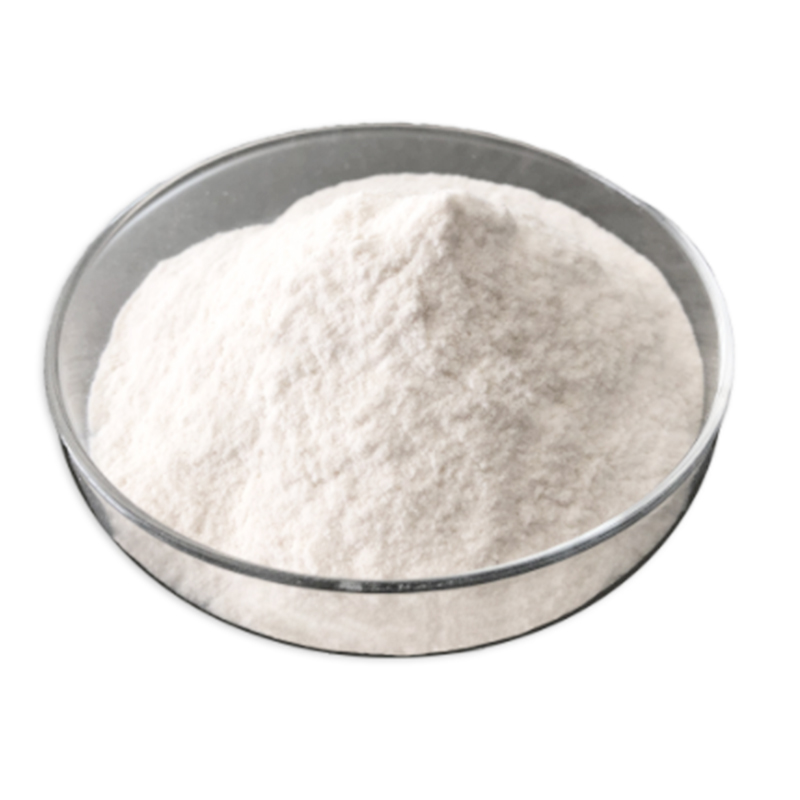
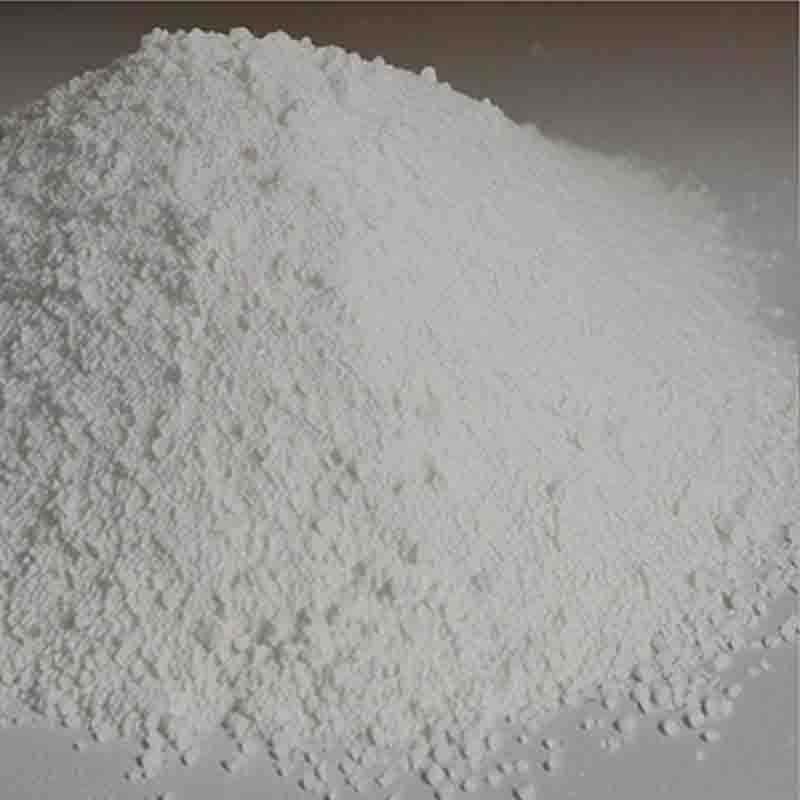
![3,9-Bis(1,1-dimethyl-2-hydroxyethyl)-2,4,8,10-tetraoxaspiro[5.5]undecane CAS:1455-42-1](https://cdn.globalso.com/xdbiochems/白色粉末21332.jpg)
